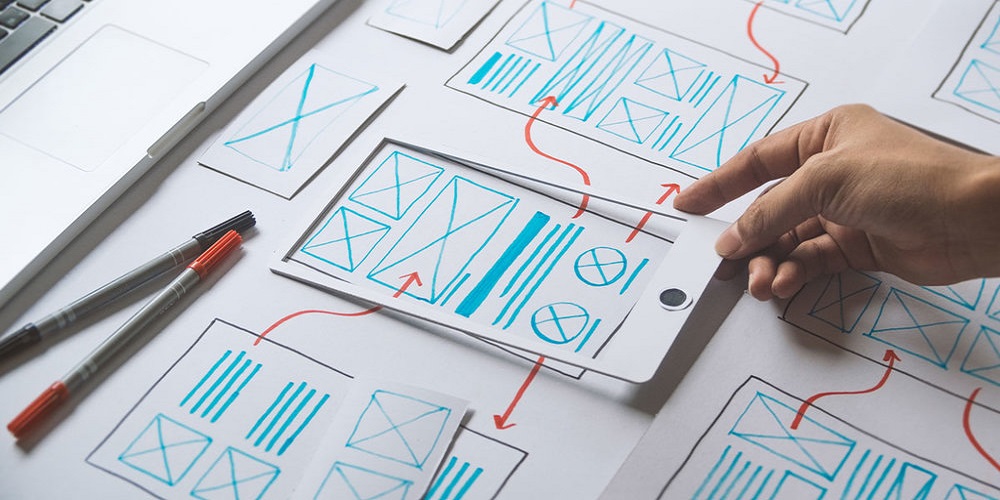Prototypes are usually created with CNC machines or 3D printers. They are often made at the last stage of production. a prototype is created with the same materials used to create the final products. They are often made from solid materials such as steel, aluminum alloy, plastics, etc. Although prototypes are often used as a visual representation of the actual product, some of them are made to function as the actual product as well.
One of the most important elements that determine if a client gets a prototype or not is its cost. A lot of clients want to see the price quotation before partnering with the production company. In as much as production companies would want to kill the curiosity of its client, some factors need to be put into consideration before dishing out the price quotation.
In this article, we will be reviewing some of these factors and how they affect the price of a prototype.
Factors that determine the cost of a prototype
While several factors may lead to the increase or decrease in the price of a prototype, listed below are some of the top factors. They include;
1. Material
The material used for the design will affect the cost of production. This is because the cost of different materials varies in different regions of the world. Countries like China that have easy access to raw materials at cheaper rates will have a lower production cost than other countries.
Also, if steel or aluminum was used for designing, the cost of production will be higher than when plastic is used. However, plastic is the most common option used especially since the cost of production is lower with it.
2. The complexity of the prototype
The complexity of the prototype’s design is directly related to its cost. The more complex the prototype design, the more it will cost. The size and shape of the design is also a determining factor. If it’s curved or large, production will increase.
3. Tolerances
Tolerance refers to the accuracy/precision of your prototype. CNC machining is one of the most highly-precision machinings around the globe today. However the more precise your prototype design, the higher the cost of production. Achieving precision of accuracy is time-consuming, this is one of the reasons high precision design costs.
4. Cost of finishing
There are different types of finishing processes for prototype designs. However, you could skip this option or use one finishing process if you are on a tight budget. Post-finishing processes prototype designs an aesthetic look such as glossiness, smoothness. It also increases its durability.
Some of the finishing processes include electroplating, silkscreen, laser engraving, injection, etc.
Conclusion
Although there are a lot of factors that could determine the price of a prototype design, these are some of the major ones. Knowing the factors that the cost of production will help an individual or client better understand the reason for a price quotation.
So, if you are ready to get a prototype design done, all you have to do is to meet the right professional. They will handle it perfectly.
